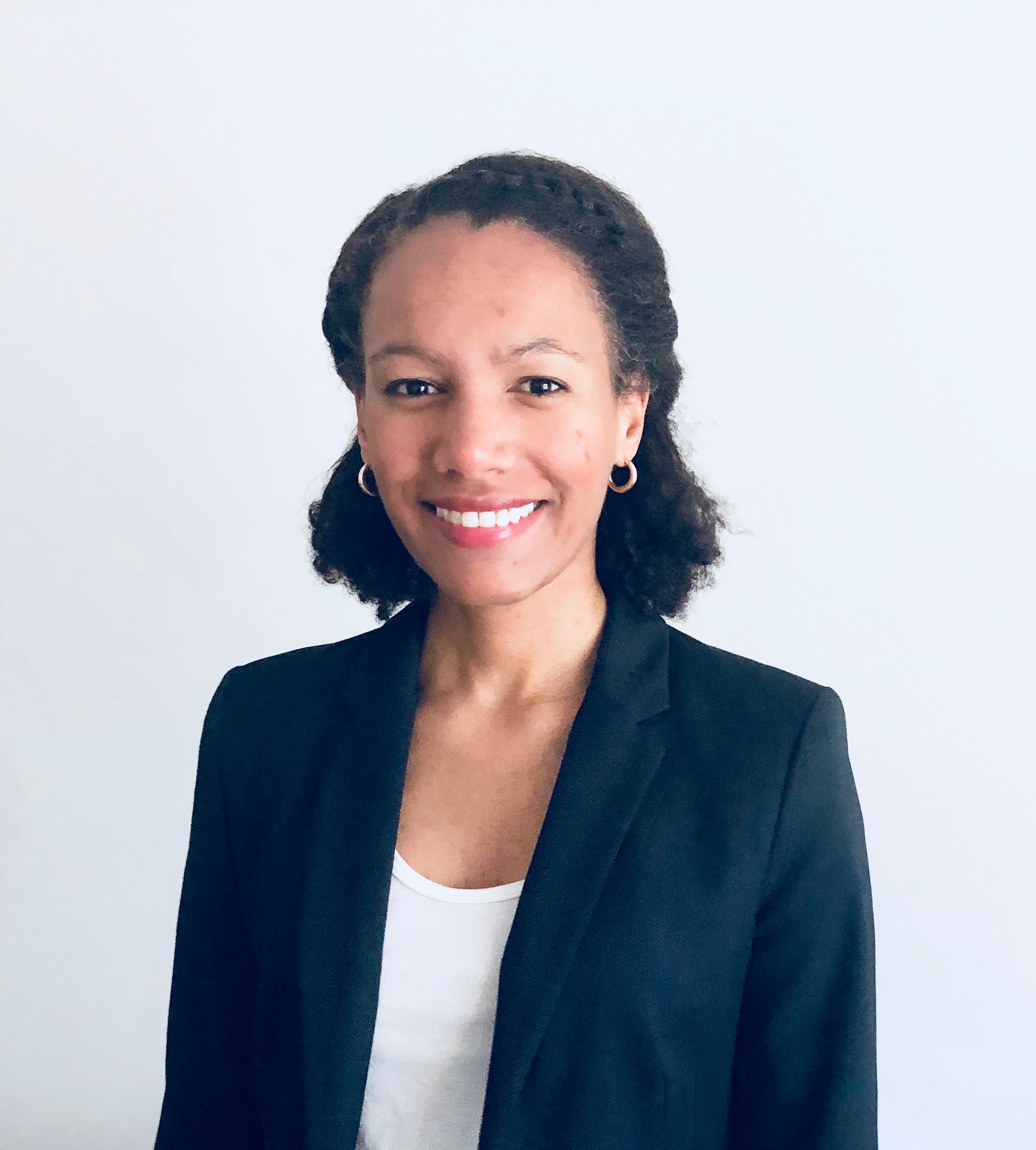“Our goal is to minimise the impact of disasters”
With natural disasters on the rise, Jennifer M'Vouama, Humanity & Inclusion's Disaster Risk Reduction Advocacy Officer, explains the need for inclusion in NGO responses.

House destroyed by Typhoon Goni (Rolly) in the Philippines, 2020 | © HI- Archives
 HI's Disaster Risk Reduction team works with marginalized communities and individuals, including people with disabilities, to build their resilience to disaster risks such as floods, cyclones, droughts or earthquakes. Our overall goal is to minimize the impact that these disasters can have on their lives and their livelihoods and to promote coping mechanisms that support recovery. We help them identify and analyse the impacts that these disasters can have on their lives, their livelihoods, habitats and on their well-being. Then, we help them develop risk mitigation and emergency preparedness plans that will protect them against the worst impacts of disaster.
HI's Disaster Risk Reduction team works with marginalized communities and individuals, including people with disabilities, to build their resilience to disaster risks such as floods, cyclones, droughts or earthquakes. Our overall goal is to minimize the impact that these disasters can have on their lives and their livelihoods and to promote coping mechanisms that support recovery. We help them identify and analyse the impacts that these disasters can have on their lives, their livelihoods, habitats and on their well-being. Then, we help them develop risk mitigation and emergency preparedness plans that will protect them against the worst impacts of disaster.
How DRR fits into HI’s mission
HI’s mandate is really to work alongside most at risk populations and groups, including people with disabilities, to respond to their essential needs and promote their rights in situations of poverty, conflict and disaster. People with disabilities are particularly vulnerable in the event of a disaster. For example, an older woman with reduced mobility will very concretely face difficulties to evacuate an area that may be subject to flooding, or an area that will be impacted by a cyclone or a hurricane. This person will need support and specific assistance to evacuate their home and reach a shelter in a secure location where humanitarian assistance will be provided. Too often, we see that people with disabilities are not sufficiently supported. They tend to be excluded from relief efforts, and as a result are left behind when a disaster occurs.
DRR in action
On the ground, our disaster risk reduction efforts are focused on key activities including risk prevention, risk mitigation, disaster preparedness and early action activities. To mitigate risks, we contribute to strengthening houses and community infrastructure to make them more resistant to shocks. We also conduct inclusive risk awareness activities within the community to ensure that all community members are appropriately informed. In terms of disaster preparedness, we develop contingency plans with the community to organize their resources. We help establish stocks with first aid materials and mobility aids to facilitate evacuations. We identify safe evacuation routes for the population and collective shelters, and ensure they are accessible. When a disaster strikes, we can support pre-emptive evacuation of people and their assets. Finally, we conduct simulation exercises to test everything and continuously improve our approaches.
The role of climate change
One of the most visible consequences of climate change is the increase in the frequency and intensity of extreme weather and climate events. Floods, heat waves, cyclones, all these elements are much more frequent, intense, and much more violent. For the populations that we accompany in the world that are already vulnerable to poverty and exclusion, this means increased vulnerabilities and additional difficulties to achieve sustainable development.
Bringing inclusion to the global response
HI works in partnership with several technical, financial and institutional partners within the framework of these activities. For instance, we very often assist NGO partners in their disaster risk reduction actions, by bringing our expertise in terms of inclusion and analysis of vulnerability to disasters. HI has a unique capacity to analyse the differentiated impacts that a disaster will have on an individual according to various factors such as disability, gender, age, ethnicity, etc. Not everyone experiences a disaster in the same way, so the responses must be adapted and take these differences into account.





